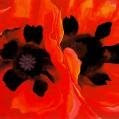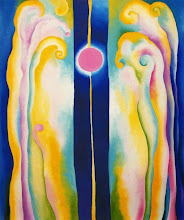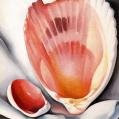
Here is one of my favourite holiday recipes to make with children. I hope your families and your students enjoy them over the years as much as mine have. The process of making these and admiring how they look is as much a part of Christmas as eating them! The rolling and twisting of the cookie dough "ropes" feel something like one of the construction techniques that we teach when we have children work with clay.
3/4 cup of softened butter or margarine
3/4 cup of sugar
1 egg
1/2 teaspoon of vanilla (Bev says if you use real vanilla it doesn't discolour the dough)
1/2 teaspoon of peppermint extract
2 cups of flour
1/2 teaspoon of salt
1/4 teaspoon of baking powder
1 teaspoon of red food colouring
Cream butter and sugar. Beat in egg and vanilla. Mix flour with salt and baking powder and stir into creamed mixture. Divide dough in half and put peppermint extract and red food colouring (add until you have the desired pink colour) in one half, and the vanilla extract in the other (may use almond flavouring instead). Cover and chill dough in the fridge for 30 minutes or more. Divide each dough into balls about the size of a walnut or slightly larger. To make each cookie, roll a ball of uncolored dough into a rope and do the same with a ball of the pink dough. Then roll the two ropes together gently and twist them to get the candy cane stripe. Pinch the ends and place on a greased cookie sheet, curving the stick to form the cane. Sprinkle with red sugar. Bake at 375 degrees for about 10 minutes. Let cool a bit before removing from pan. Makes 30. (I usually double the recipe.)









